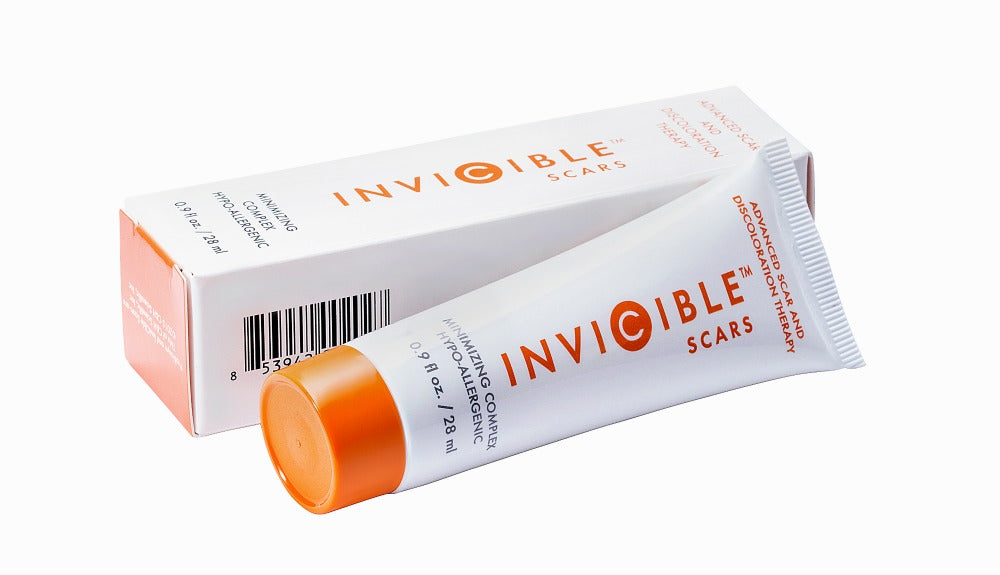Fade Burn Scars with InviCible Scars
Burns are the worst. Depending on how you got burned and how deep it goes, also determines the healing time involved (and the pain. Oh my, the pain.)
A month ago I was doing something I rarely like to do - cook. It's like seeing a Yeti in your backyard, but on the nights my husband works late, you'll find me in the kitchen. It really is my least favorite thing, although I am the first to drool over gorgeous foodie photos on Pinterest.
So while checking on the progress of our meal in the oven, I burned my arm. It was not my best moment. (But dinner still turned out great.) I immediately put my arm under cold water, but that did not stop the stabbing pain, the blistering, the inflammation or as the days progressed, the itching.
Having worked with InviCible Scars in the past, I knew the exact steps to take to insure that my burn scar did not result in a permanent red mark on my arm. (and I strongly encourage you to check out their blog because it is chock full of great scar healing tips for all types of scars.)
First and foremost, you need to properly take care of the wound. Mine blistered, got a little slimey with puss and hurt like hell. (Thankfully it was not very deep.)
After applying an ice pack after the burn happened, I also made sure to apply an anti-bacterial cream and cover the burn with a band-aid. This is so important, because how you intitially care for the wound determines the outcome of your scar. Infection = a larger scar. 
Second, once the blistering has stopped, you can remove the band-aid. It's important to keep the area moisturized (it plays an important part in scar healing) and also protected from sun damage with a sunscreen and SPF of 30 (UV rays can permanently darken a scar.) Itching is totally normal as your scar begins to heal (it's still a pain in the butt though.)
Third, apply a scar treatment twice daily, making sure to massage the scar as you apply it for about 2 minutes. The first few times that I massaged my burn scar, it was still tender under the skin and was a little painful (not wincing pain, but more like a 2 on the pain scale.)
Massage helps to break up the fiberous bands that are forming under the skin and those bands are what makes a scar feel firm instead of soft like your surrounding skin.
I've used InviCible Scars for about 4 weeks now and the difference is no joke. Not only is the scar noticeably smaller, it's not firm, and has faded considerably to almost flesh-colored. The before and after picture are taken just as close using my cell phone camera - so, yes, my original burn was that big. The difference in the appearance of my scar is amazing and I am thrilled with the results.
Now, scars take 1-2 years to fully mature. That means the scar healing process isn't done for me just because it looks practically gone on the surface, there's still healing happening under the skin. I'll continue to use InviCible for about another 4 weeks, but will continue to use sunscreen with SPF 30 on it for up to 2 years so that the work done this far by the scar treatment is not undone by UV rays.
UPDATE: I continued to use InviCible Scars over the past year and now my burn scar is almost undetectable!  InviCible Scars is available via Amazon.
InviCible Scars is available via Amazon.
Disclosure: affiliate link





